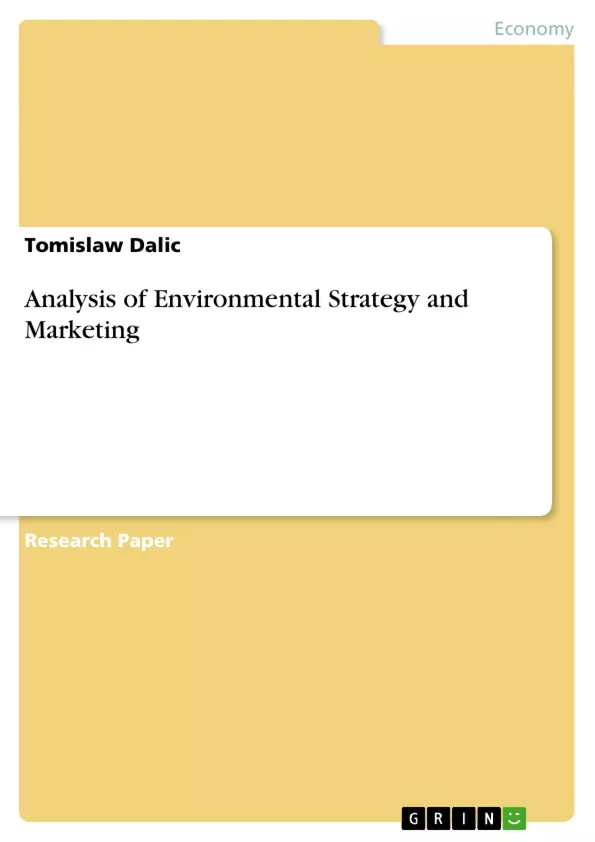DaimlerChrysler is one of the world's leading automotive, transportation and services companies.
Its passenger car brands include Maybach, Mercedes-Benz, Chrysler, Jeep, Dodge and smart.
Commercial vehicles are produced under the Mercedes- Benz, Freightliner, Sterling, Western Star,
Setra, Thomas Built Buses, Orion and American LaFrance brands.
372,500 employees work for DaimlerChrysler worldwide. Revenues were EUR 152.9 billion
($136.1 billion) in 2001. DaimlerChrysler today has a global workforce in 37 countries, a global
shareholder base mainly consisting out of institutional shareholders, global brand awareness and a
global outlook. It sold 3,985,600 units of passenger cars and
492,900 units of commercial vehicles in 2001. From 2002 until 2004 DaimlerChrysler will invest
EUR 41 billion ($36.5 billion) in future projects. DaimlerChrysler's strategy rests on four pillars:
Global Presence, Strong Brands, Broad Product Range, and Technology Leadership.
This paper has the following structure. First, the main ecological problems of DaimlerChrysler are
discussed using the eco- matrix. Then the environmental strategy on different levels of strategy is
identified. The paper ends with a discussion of the environmental marketing outlook for
DaimlerChrysler.
Inhaltsverzeichnis (Table of Contents)
- Introduction
- The main Ecological problems related to the production of vehicles of DaimlerCrysler
- Environmental Strategy of DaimlerChrysler Group
- Corporate strategy
- Functional strategies
- The Green Marketing Perspective - Strategic View Points
- Segmentation, Target Groups and Positioning
- The Marketing Mix - Product, Price, Promotion and Place
- References
Zielsetzung und Themenschwerpunkte (Objectives and Key Themes)
This paper analyzes the environmental strategy and marketing practices of DaimlerChrysler, focusing on the company's ecological challenges and its approach to sustainability. The paper aims to understand how DaimlerChrysler addresses environmental concerns throughout the product lifecycle, from design to disposal.
- Ecological challenges of vehicle production
- DaimlerChrysler's environmental strategy
- Green marketing perspective
- Segmentation, target groups, and positioning
- The marketing mix
Zusammenfassung der Kapitel (Chapter Summaries)
The paper begins by outlining the main ecological problems related to vehicle production, specifically focusing on DaimlerChrysler's operations. It then examines the company's environmental strategy at both the corporate and functional levels. The paper further delves into the green marketing perspective, exploring the strategic viewpoints related to segmentation, target groups, and positioning. Finally, the paper discusses the marketing mix employed by DaimlerChrysler, examining product, price, promotion, and place.
Schlüsselwörter (Keywords)
The paper focuses on key topics including environmental strategy, green marketing, sustainability, automotive industry, product lifecycle, DaimlerChrysler, eco-matrix, emissions, water pollution, wastewater management, segmentation, target groups, positioning, marketing mix, and product development.
- Quote paper
- Tomislaw Dalic (Author), 2002, Analysis of Environmental Strategy and Marketing, Munich, GRIN Verlag, https://www.grin.com/document/20726



